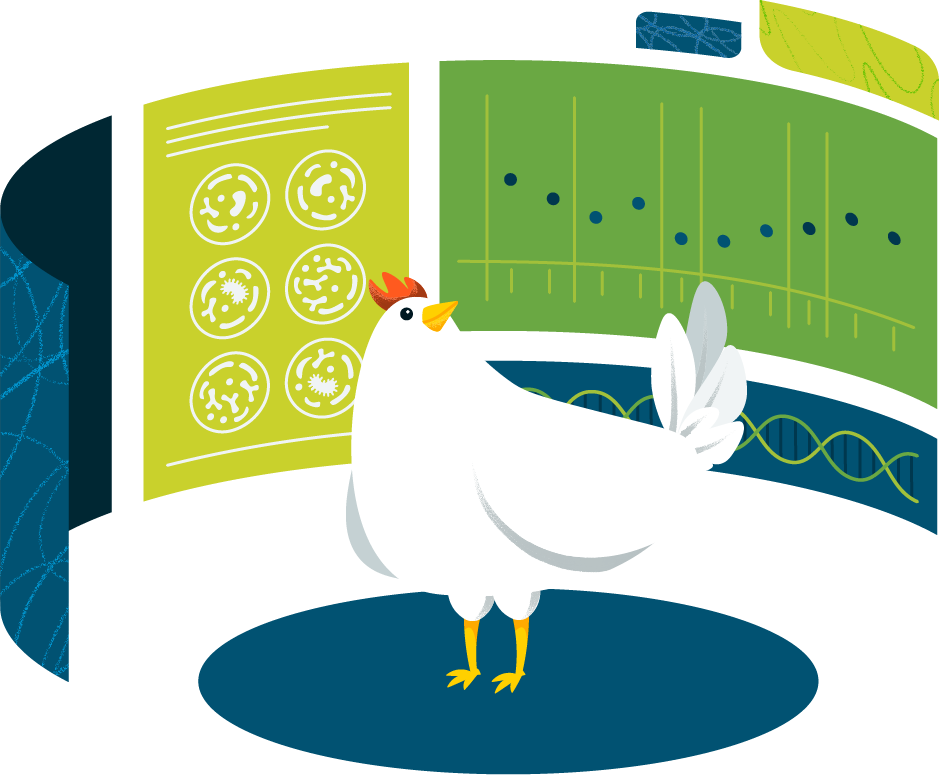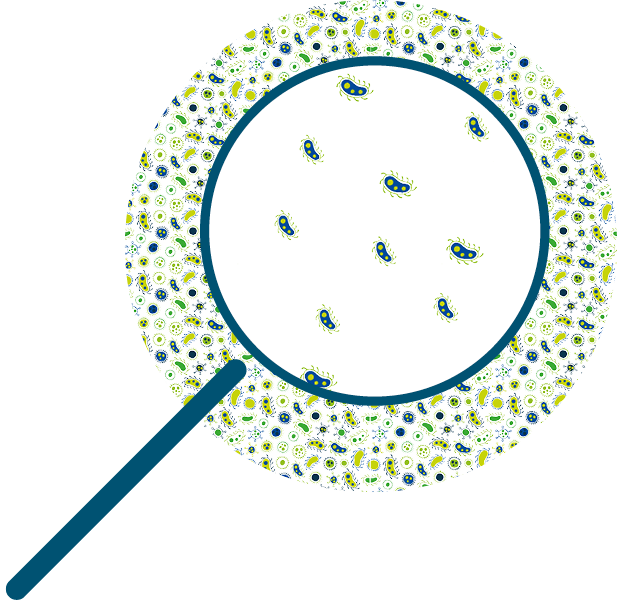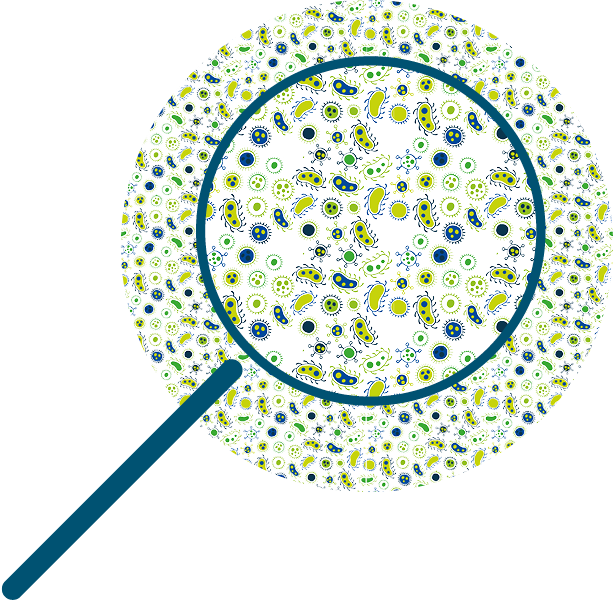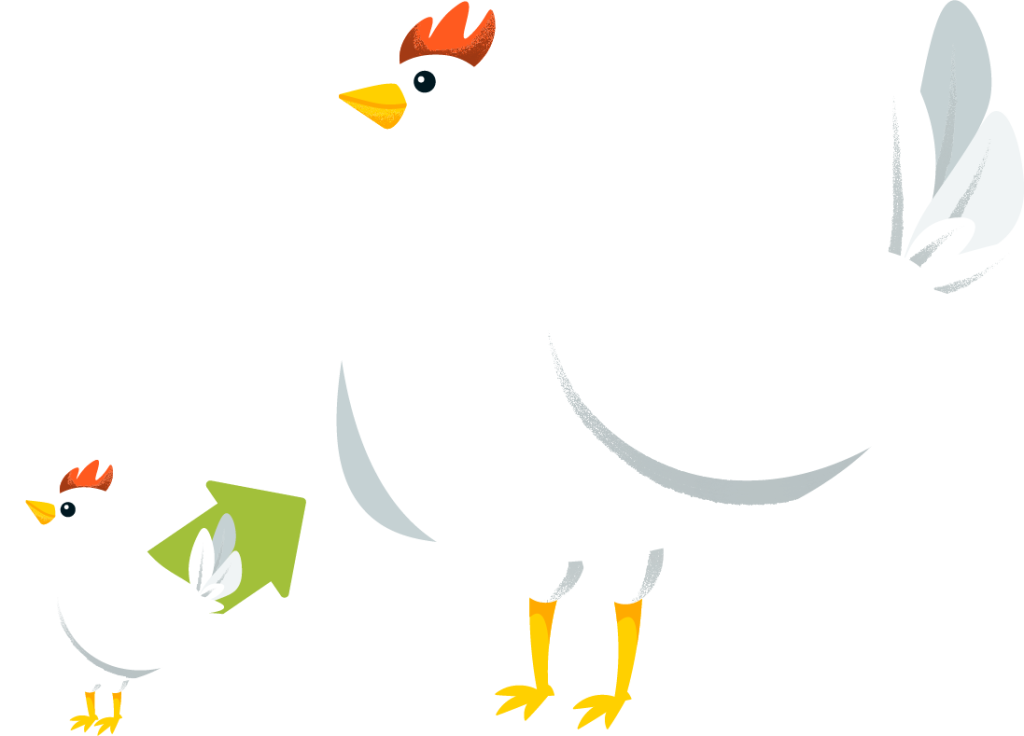Why butyrate matters
Butyrate is a short-chain fatty acid naturally produced by bacteria in the gut. In poultry, it plays a vital role in:
- Strengthening the intestinal barrier
- Supporting nutrient absorption
- Modulating inflammation
A strong gut means better feed conversion, higher growth rates, and fewer health issues. In essence: healthy guts grow better birds.

Florates: measuring Butyrate the smart way
At Florates, we use a proprietary, ligation-based multiplex RT-qPCR system to assess gut health. Unlike conventional microbiota analyses that only capture a fraction of the gut bacterial landscape, our assay evaluates over 95% of the relevant bacterial families through 14 functional DNA markers specifically linked to butyrate production.
Visualizing PCR vs Florates
In the gut, many beneficial bacteria work together to produce butyrate. These images illustrate the detection capacity of a PCR test compared to Florates, alongside the actual microbial diversity present in a healthy gut.

Standard testing methods often detect only a few types of bacteria, or just what’s left in manure. Most butyrate has already been absorbed or degraded, leaving very little to measure.

While conventional PCR uses 1 butyrate marker, Florates identifies 14 functional DNA markers specific to butyrate-producing bacteria.
This provides a far more complete and accurate view of butyrate production potential.
Proven benefits of high butyrate levels
- Better growth performance
Butyrate supports digestion and boosts nutrient uptake. Birds with a higher butyrate ratio gain weight faster and convert feed more efficiently. - Lower disease risk
Butyrate has anti-inflammatory effects. It helps reduce diarrhea, mortality, and the need for antibiotics, protecting birds from the inside out. - Lower feed costs
Efficient digestion means more growth with less feed. That’s good for both animal welfare and your wallet.
Higher Butyrate production is profit, in every sense of the word.

So why don't we always measure butyrate directly?
- It disappears fast
Butyrate is quickly used by gut cells and breaks down when exposed to air, leaving almost nothing to detect in manure. - It’s produced in hard-to-reach places
Most butyrate is produced in the last part of the gut. Sampling this area requires surgery or sacrificing the bird. Manure only shows what’s left over, if anything - It varies between birds
Butyrate is produced many different bacteria. Each bird has its own microbial fingerprint, shaped by diet, age, and housing. To get the complete picture, you need to capture all bacteria, not a selection.

